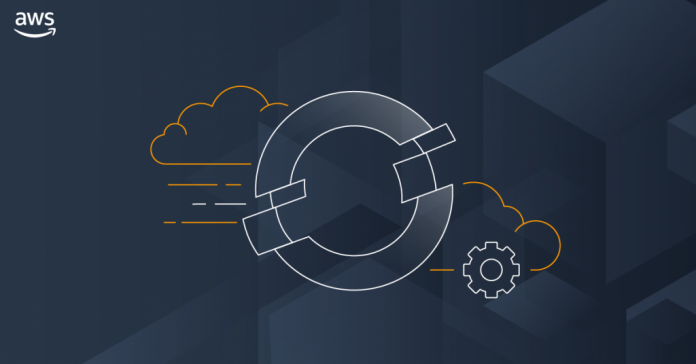Our customers come to AWS with many different experiences and skill sets, and we are continually thinking about how we can make them feel at home on AWS. In this spirit, we are proud to launch Red Hat OpenShift Service on AWS (ROSA), which allows customers familiar with Red Hat OpenShift tooling and APIs to extend easily from their datacenter into AWS.
ROSA provides a fully managed OpenShift service with joint support from AWS and Red Hat. It has an AWS integrated experience for cluster creation, a consumption-based billing model, and a single invoice for AWS deployments.
We have built this service in partnership with Red Hat to ensure you have a fast and straightforward way to move some or all of your existing deployments over to AWS, confident in the knowledge that you can turn to both Red Hat and AWS for support.
If you’re already familiar with Red Hat OpenShift, you can accelerate your application development process by leveraging standard APIs and existing Red Hat OpenShift tools for your AWS deployments. You’ll also be able to take advantage of the wide range of AWS compute, database, analytics, machine learning, networking, mobile, and other services to improve customer agility, rate of innovation, and scalability.
To demonstrate how ROSA works, let me show you how I create a new cluster.
Building a Cluster With ROSA
First, I need to enable ROSA in my account. To do this, I head over to the console and click the Enable OpenShift button.
Once enabled, I then check out the Getting Started section, which provides instructions on downloading and installing the ROSA CLI.
Once the CLI is installed, I run the verify command to ensure I have the necessary permissions:
I already have my AWS credentials set up on my machine, so now I need to log into my Red Hat account. To do that, I issue the login command and follow the instructions on setting up a token.
To confirm that I am logged into the correct account and all set up, I run the whoami command:
This lists all my AWS and Red Hat account details and confirms what AWS Region I am currently in.
To prepare my account for cluster deployment, I need a CloudFormation stack to be created in my account. This takes 1-2 minutes to complete, and I kick the process off by issuing the init command.
Now that I am set up, I can create a cluster. It takes around 40 minutes for the cluster creation to complete.
To check the status of my cluster, I use the describe command. During cluster
creation, the State field will transition from pending to installing and finally reach ready.
I can now list all of my clusters using the list command.
My newly created cluster is now also visible within the Red Hat OpenShift Cluster manager console. I can now configure an Identity provider in the console, create admins, and generally administer the cluster.

To learn more about how to configure an identity provider and deploy applications, check out the documentation.
Available Now
Red Hat OpenShift Service on AWS is now available in GA in the following regions: Asia Pacific (Tokyo), Asia Pacific (Seoul), Asia Pacific (Mumbai), Asia Pacific (Singapore), Asia Pacific (Sydney), Canada (Central), Europe (Frankfurt), Europe (Stockholm), Europe (Ireland), Europe (London), Europe (Paris), South America (São Paulo), US East (N. Virginia), US East (Ohio), US West (N. California), and US West (Oregon).
Pricing
While this is a service jointly managed and supported by Red Hat and AWS, you will only receive a bill from AWS. Each AWS service supporting your cluster components and application requirements will be a separate billing line item just like it is currently, but now with the addition of your OpenShift subscription.
Our customers tell us that a consumption-based model is one of the main reasons they moved to the cloud in the first place. Consumption-based pricing allows them to experiment and fail fast, and customers have told us they want to align their Red Hat OpenShift licensing consumption with how they plan to operate in AWS. As a result, we provide both an hourly, pay-as-you-go model and annual commitments; check out the pricing page for more information.
To get started, create a cluster from the Managed Red Hat OpenShift service on the AWS Console. To learn more, visit the product page. Happy containerizing.













